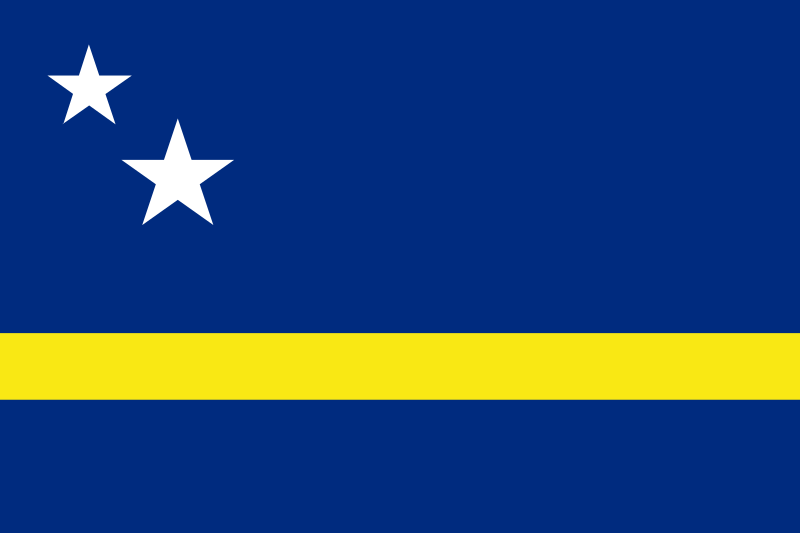Creolization of Music in Dutch Speaking Countries
Aruba
Tambú is an African-inspired music and dance ritual that
developed during slavery on the island of Curaçao. Curaçao is identified as the
largest of the Netherlands Antilles. Tambú was developed in the seventeenth
century on the plantations of Curaçao, where enslaved people from Africa probably
used tambú to communicate secretly amongst themselves and plantation owners
were unable to understand the message. A great way to conceal that would be the
call & response method that tambú uses (Ganglehoff & LeGrand). For a
long time, tambú was suppressed by church and state because of the way it
promoted community solidarity. Between 1936 and 1952 tambú music and dancing
were forbidden and it was not until 2012, that the remaining restrictions on
tambú festivities were finally lifted (Veerman, 2019). Tambú and
so many others cultural components that the slaves used to comfort themselves
were taken away from them. This gave me
the idea that they wanted the slaves to be suppressed, robbing them from basics
of being a human being. We are social being and can’t help ourselves. It is amazing to
see that Curaco continues to celebrate their heritage and embrace and shine
light on what their ancestors had to endure; sacrifices made for them to be there
today. Tambú is now officially recognized as part of the intangible cultural
heritage of the Netherlands. This gives Afro-Curaçaoan identity the recognition
it deserves. Tambú reminds me a lot of gwoka, how music and dance accompany a
drum. As a defined space for Afro-Curaçaoan activity, Tambú has interconnected
different cultural and ethnic groups, establishing varying senses of individual
and collective belonging (Jong,2010).
Tambú being in a drum, music genre and dance form is found on Aruba, Bonaire and Curaçao, and is a major part of the Dutch Antillean music. This video was recorded at a performance at the historic museum of Curacao. The components of Tambú being the drum, dance and music is accompanied with instruments like the wiri, agan and triangle which provides rythm. One song they performed was "Yo soy Ogun Balanyo”. This is a good representation, O love the togetherness and how everyone is enjoying the atmosphere.
Sint Maarten
A string band is an old-time music or jazz ensemble made up
mainly or solely of string instruments. String bands were popular in the 1920s
and 1930s and are among the forerunners of modern country music and bluegrass ("String
Band – phillymummers", n.d.). Old time string band, now known as string band,
today, is an African American folk music that began with the use of percussion
instruments, which were used to create music in form of encouragement to keep
the slaves exercising on slave ships. Which in hindsight, is highly selfish,
that they would discourage them from communicating amongst themselves which is
Maslow’s hierarchy basic need (Maslow,1943), but want them to stay strong and
fit to carry out labor and to work on plantations. This then sparked the usage of percussion
instruments such as banjos and violins that the slaves played as a way of entertainment.
String Bands evolved from ensembles that played European dance music at house
parties and balls of the upper classes’ parties (Ganglehoff & LeGrand,
2020).
This is string band performance of South Philadelphia, also known as “south Philly String Band,” at Mummers 2020 parade, which was voted #1. I chose this video because it reminded me a lot of Junkanoo in The Bahamas. There was a beautiful representation of of vibrant colors, my favorite was the cotton candy theme.
File:Flag of Curaçao.svg - Wikimedia Commons. Commons.wikimedia.org. Retrieved 2020,
from https://commons.wikimedia.org/wiki/File:Flag_of_Cura%C3%A7ao.svg.
Gangelhoff, C., & Legrand, C. (2020). Tour de force: A Musical Journey of the Caribbean
Sound Caribbean.
Jong, N. (2010). The Tambú of Curaçao: Historical Projections and the RitualMap of
Experience. Black Music Research Journal, 30(2), 197–214.
https://doi.org/10.5406/blacmusiresej.30.2.0197
String Band –
phillymummers. Phillymummers.com. Retrieved from
https://phillymummers.com/divisions/string-band/.
Rings, G. (2010).
Tambu, Curacao [Video].
https://www.youtube.com/watch?v=1CHH0fyVsyw.
Veerman, D. (2019).
Tambú – Caribbean Ties. Intangible Cultural Heritage & Museums
Project.
Retrieved from https://www.ichandmuseums.eu/en/inspiration-2/detail-2/tambu-caribbean-ties.


Comments
Post a Comment